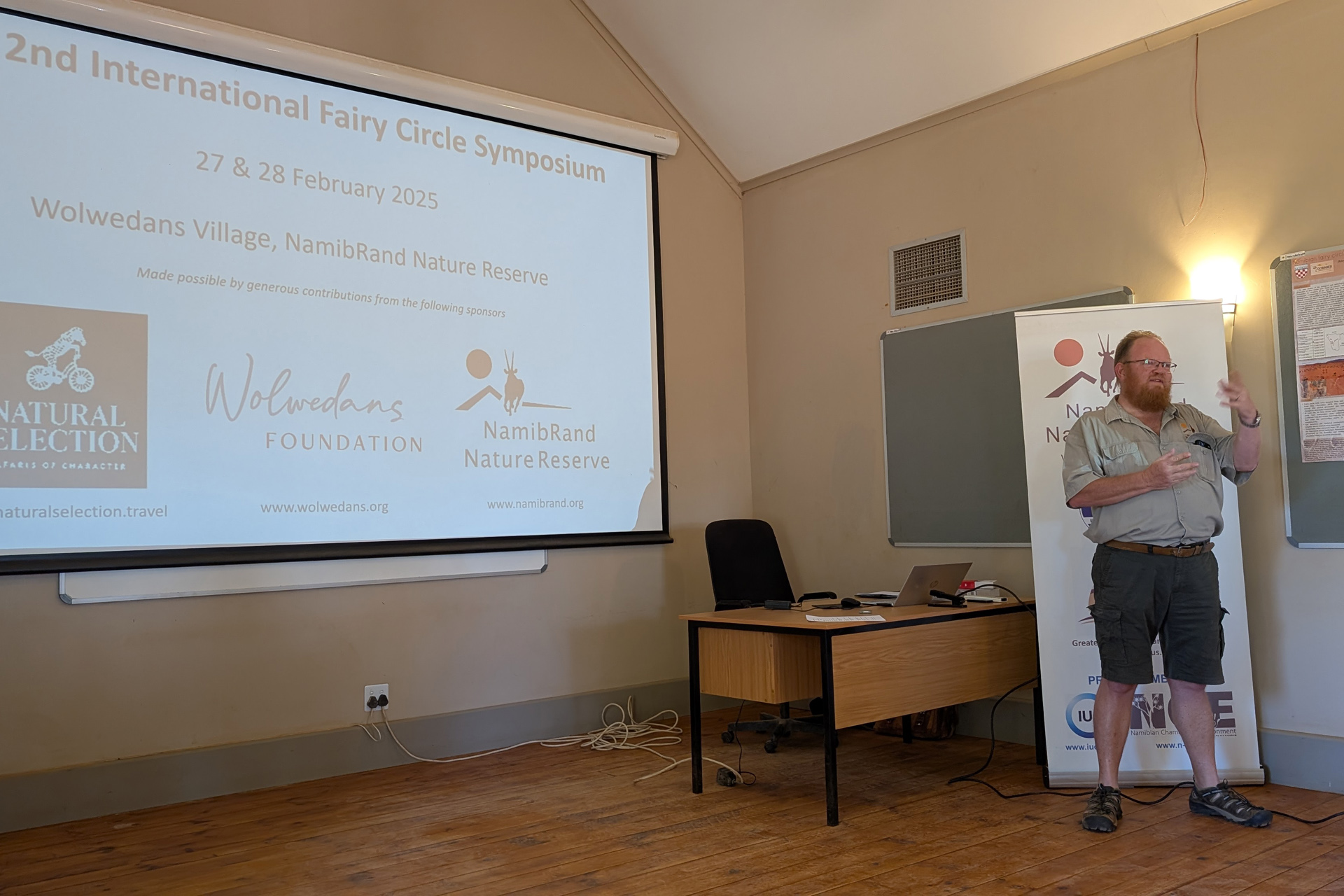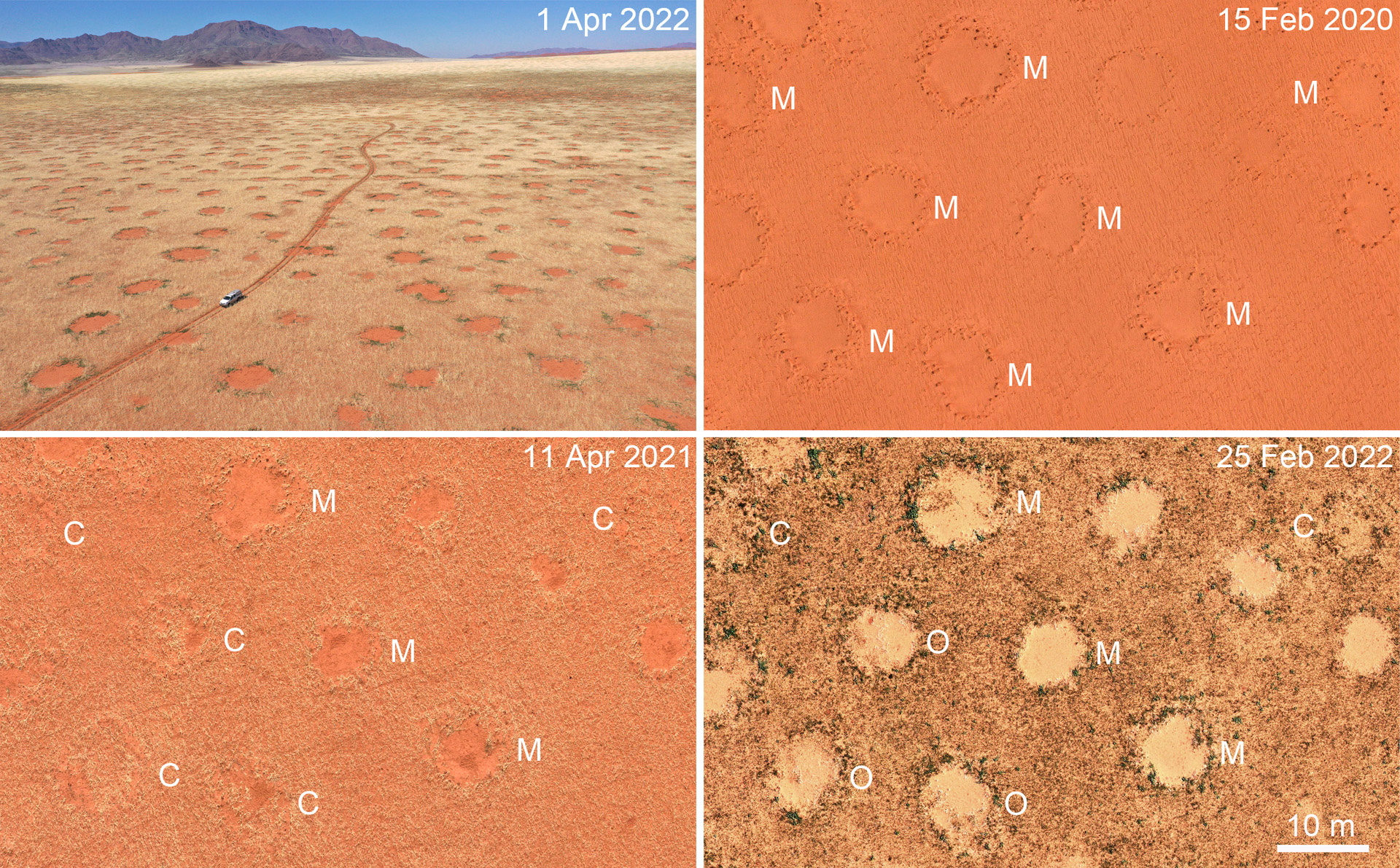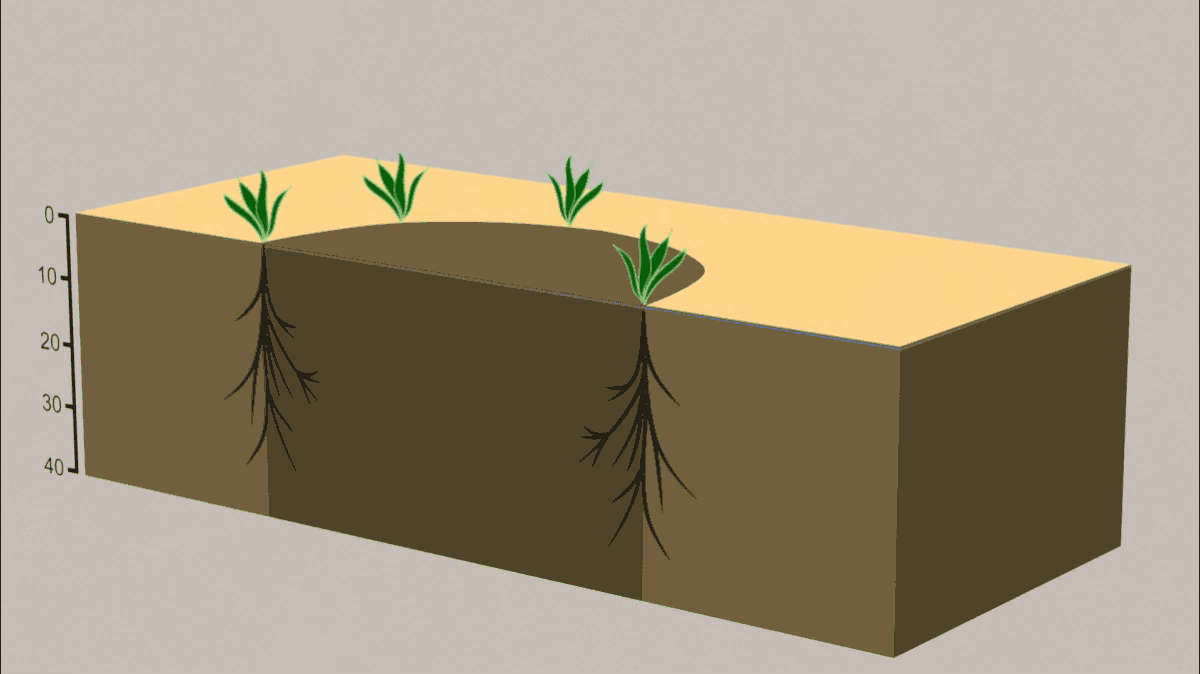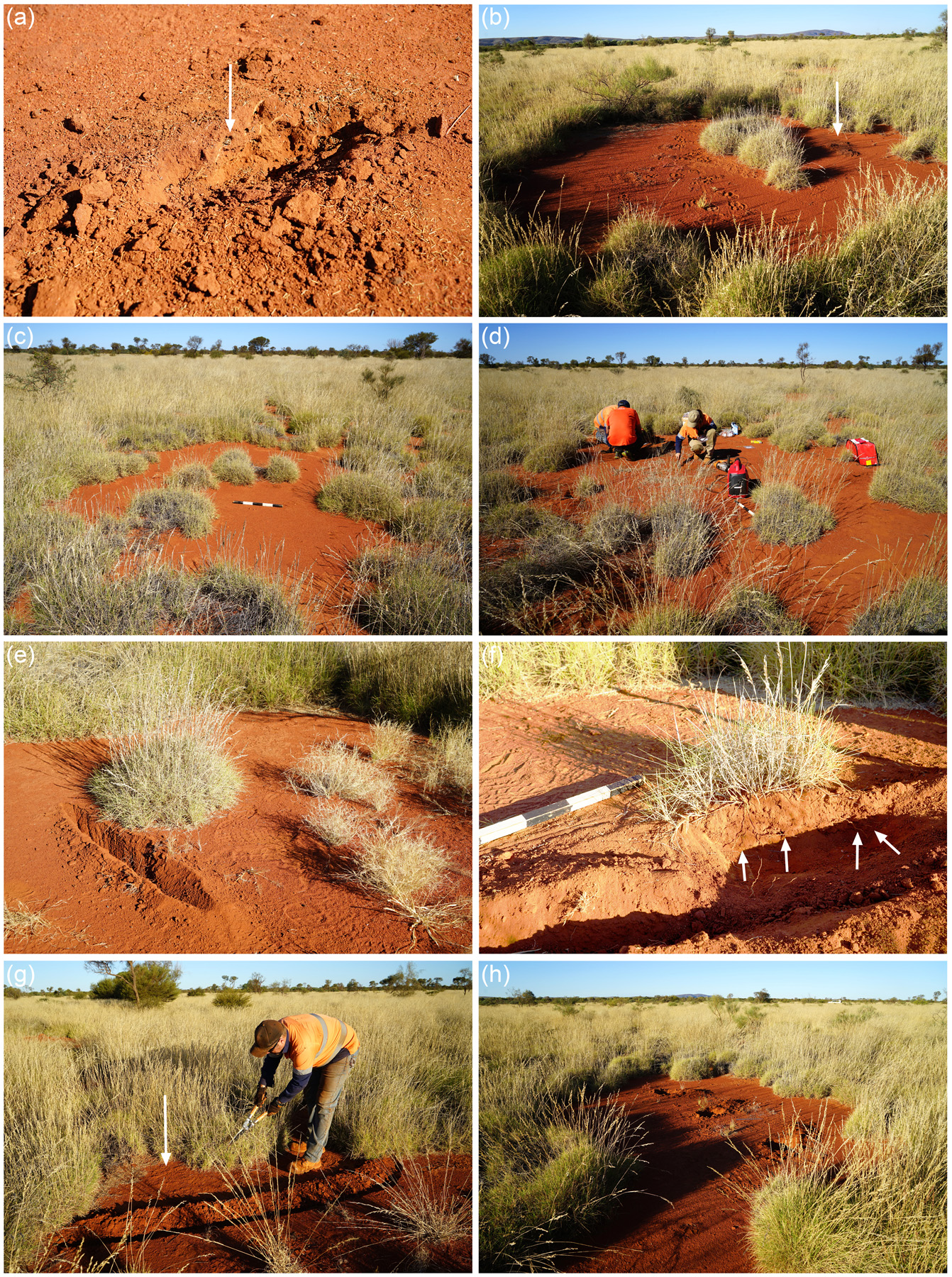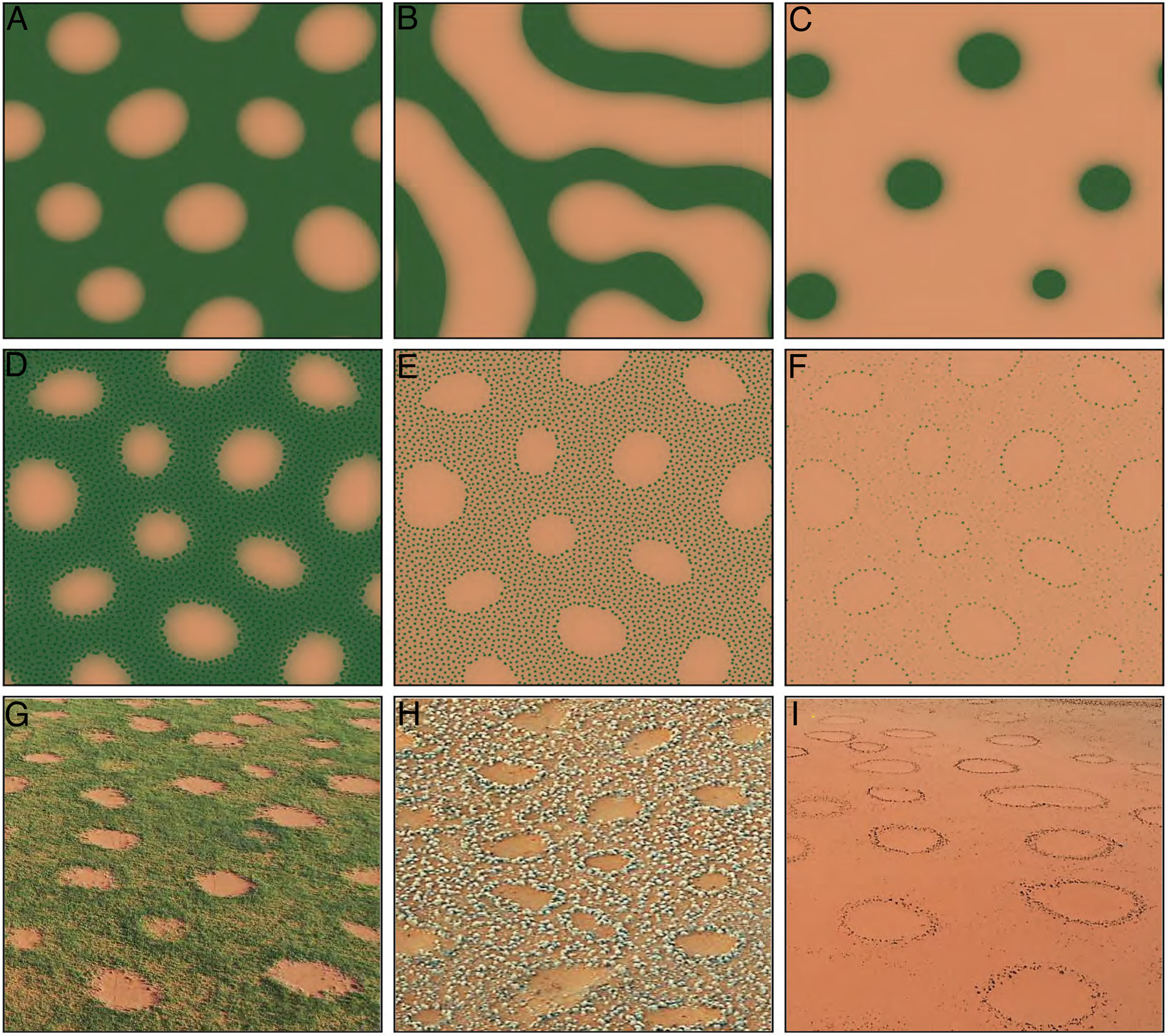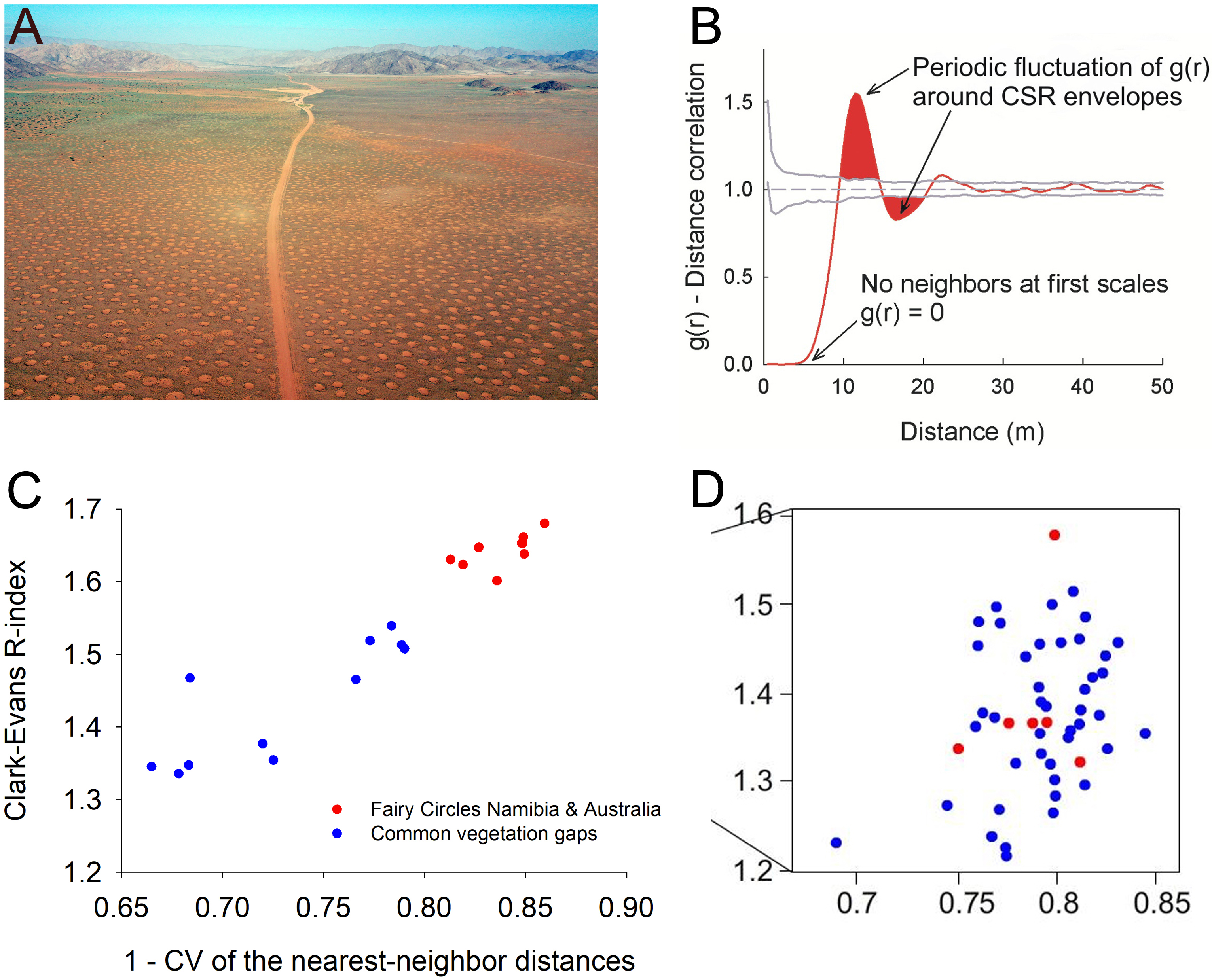Dr. Stephan Getzin | Scientist | Ecologist
Science Blog
Welcome to my science blog. Here I will publish articles at irregular intervals in which I discuss the latest research developments on fairy circles, plant rings or related topics. These blog articles are usually science-based discussions, but they are written to be understandable to a broad readership.Workshop for tour guides
Releases | Stephan Getzin | December 14, 2025
The idea for a workshop for tour guides was born at the end of February 2025 at the “2nd Fairy Circle Symposium” in Wolwedans. Not only scientists were present at this conference, but also many tour guides. At the end of the symposium, the tour guides wanted to know what they should tell their international guests about fairy circles.
A look back at the 2nd International Fairy Circle Symposium
Releases | Stephan Getzin | September 2, 2025
There are indeed special conferences on the mysterious fairy circles of Namibia. The “1st International Fairy Circle Symposium” took place from 25th to 26th February 2015 in the NamibRand Nature Reserve. At that time, the scientists still met in a workshop-like garage at Wolwedans because there was no suitable conference room. However, this was not a bad omen, as many large companies such as Apple, Google, and Microsoft also started out in a garage. Thus, the 1st Fairy Circle Symposium was undoubtedly an important event. Around 2015, there were many different hypotheses about the origin of fairy circles and thus quite a lot of disagreement.
Patterns of fairy circles in Namibia are driven by rainfall and soil infiltrability
Releases | Stephan Getzin | July 18, 2024
Fairy circles form a remarkable spatial pattern across hundreds and thousands of meters at various regions of the Namib Desert. We are studying their distribution patterns at the landscape scale since more than ten years and published our first detailed spatial analysis in May 2014. Viewed from the air, fairy circles are an ideal point pattern whose analysis may allow interesting insights into the causal processes that shape these patterns over time. With our new study Spatio‑temporal dynamics of fairy circles in Namibia are driven by rainfall and soil infiltrability, published in June 2024, we present now the first detailed drone survey of Namibian fairy circles.
10 Fairy circle facts
Releases | Stephan Getzin | March 9, 2024
In October 2022, we published in PPEES the first thorough test of the plant self-organization hypothesis and the sand termite hypothesis. Based on examining 500 excavated grasses in the southern, central and northern Namib we showed that grasses within fairy circles died due to plant water stress but not due to root herbivory by termites. Jürgens & Gröngröft (2023) then wrote a rebuttal, claiming that “Sand termite herbivory causes Namibia´s fairy circles”. The statements of that paper have caused some confusion about the topic. Therefore, we have now examined the claims of that paper in detail and published a response in PPEES, which presents the current state of knowledge. Below you will find a list of fairy circle facts that briefly summarize the content of our new paper Desiccation of undamaged grasses in the topsoil causes Namibia’s fairy circles – Response to Jürgens & Gröngröft (2023).
Australian fairy circles are caused by abiotic weathering and biomass-water feedbacks
Releases | Stephan Getzin | January 3, 2024
Fairy circles are a unique and globally rare phenomenon because, unlike other common vegetation gaps that are widespread worldwide, fairy circles have specific characteristics that distinguish them from the latter. One of the defining characteristics is their ability to form spatially periodic patterns that are significantly more ordered than an “ordinary” regular pattern. From the 1970s until the year 2014, such fairy circles were only known from the Namib Desert in southwestern Africa. However, when Australian environmentalist Bronwyn Bell sent me aerial photos of similar-looking fairy circles near the town of Newman in the Pilbara region of Western Australia, we immediately flew there and thoroughly investigated these vegetation gaps on site in December 2014.
Phenotypic changes and a population-level response to water stress
Releases | Stephan Getzin | December 13, 2023
Plants in arid environments often form spatially periodic vegetation patterns in order to respond to water stress. This patterned type of a population-level response to resource stress happens mainly in species-poor communities where only very few herbaceous or woody species dominate. The simple structure of the plant community thus allows for the emergence of strongly geometric patterns, composed of plants and bare soil, because there are no other niche-adapted species that would occupy the space. Usually, there is a pattern sequence between the two stable states of uniform vegetation cover under higher precipitation regimes on the one hand and bare soil at very low mean annual precipitation on the other.
True fairy circles only exist in the Namib and in Western Australia
Releases | Stephan Getzin | December 12, 2023
In September 2023 appeared a new study in PNAS by Guirado et al. which showed that the global occurrence of circular vegetation gaps is associated with soil and climatic conditions. The authors used modern methodology such as deep learning algorithms and remote sensing to search for fairy-circle related vegetation gap patterns worldwide. They found these vegetation gaps at 263 sites in 15 countries across the three continents Africa, Asia and Australia.
Welcome to FAIRY-CIRCLES.info! I am interested in the ecology of drylands, fairy circles, plant rings and all kinds of spatial vegetation and animal patterns, using a whole range of quantitative methods.

